Editor's Note: This is a guest blog written by the Innovation Center. To find out more about the Innovation Center, head over to their website! Okay, now for the actual blog...
A Little Background
The Innovation Center of St. Vrain Valley Schools seeks to transcend the traditional classroom and provides experiential opportunities that are developing today’s students into tomorrow’s leaders, innovators, and change-makers. As a part of these efforts, the Innovation Center hosts dozens of “project teams” across several focus areas that seek to complete real projects for real people alongside industry partners who provide incredible mentorship opportunities for students.
SparkFun Electronics has been a long-standing partner with The Innovation Center. Industry experts from SparkFun have generously provided their time, energy, and expertise to students - largely in the form of mentorship. This mentorship has been key in seeing several projects get off the ground, and the afternoon of May 13th proved to be no exception.
Electrical Engineer, Pete Lewis, has been helping the Electrical team from Aquatics Robotics of the Innovation Center for a little over 2 years, helping with the layout of the board in Eagle and the physical production of the PCB. When laying out the board in Eagle, Pete explained many important steps to designing the board, such as library work, trace placement and strategic part placement.
The Project
The Electrical team was tasked with creating a PCB for controlling and distributing power to six motors. This PCB is designed to operate on an underwater remotely operated rover, called Rapids Prototype. The Electrical team consists of Alex Fong, Ben Howard, Ben Gunn, and Ian Labadie. Alex, and Ian were the original designers of the board, with both Ben’s joining at a later time.
Sparkfun was crucial in the completion of the board. In order to complete the board, external electrical components needed to be soldered onto the board using solder paste. The PCB required a multitude of Surface-Mounts which were placed on top of the respective pads, Through-Holes, which would stick through the board and require manual soldering, and Ball-Grid-Array components, which are extremely small and hard to place without the proper equipment. Sparkfun had an oven perfectly suited for solder paste. When all the surface-mounts and Ball-Grid Array components were placed, the oven could heat and solder every part on at once. In addition, the staff and workers were very generous with helping out and the job became much easier.
At Sparkfun, the first step to soldering the board was stenciling. With stenciling, there’s a template for the PCB that is used to place solder paste on the pads. It’s a two-step process of applying solder paste and cleaning the excess solder to be reused. Each member took turns applying solder and cleaning it off using putty knives. When Ben Howard finished stenciling the board, the team had approximately 2 hours to place all the parts on the pads with solder before the paste dried completely. This was a major challenge as the team had over 400 parts to place over 3 boards. The team created an assembly line system placing the same parts on each board and eliminating parts off the list on all boards.
It was especially exhilarating to place the parts in the oven with every part placed. We had to be careful walking down the stairs from the Sparkfun classroom, and cautious walking to the oven because of the numerous amounts of parts on each board. Sparkfun’s oven is designed to act like a conveyor belt that heats up at different places in the belt. This is tuned to perfectly heat up solder paste. While it was simply a conveyor belt oven, it was amazing to see all 3 of our boards come out soldered with our parts on.
In Conclusion
Overall, working with Sparkfun was an amazing experience, whether it was working with Pete Lewis online and placing parts on a board in CAD, or being able to work in-person to finish a board. The Electrical team wouldn’t have gotten as far as it has without SparkFun’s equipment and amazing engineers. There were so many fun and unique attractions that added onto the experience at Sparkfun Electronics and it was amazing to go through the process of stenciling, physically placing, and cooking printed circuit boards that were in development since quarantine.
We'd Love To Hear From You!
Do you have any stories of making custom PCBs or have any interesting designs you want to share with us? Let us know in the comments below, shoot us a tweet @sparkfun, or let us know on Instagram, Facebook or LinkedIn.

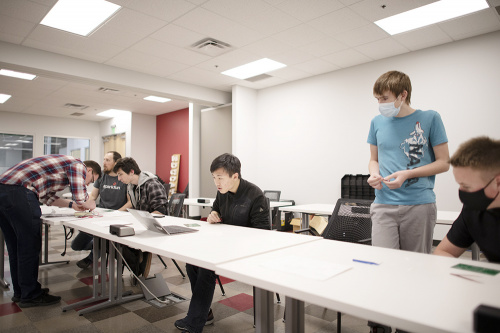



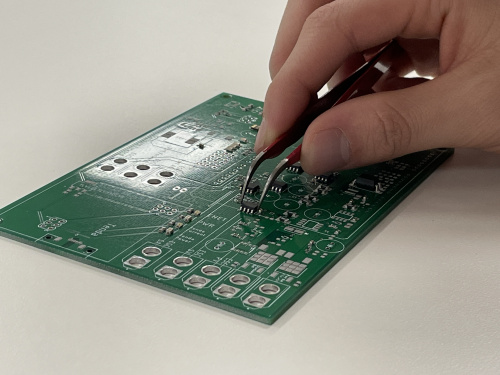
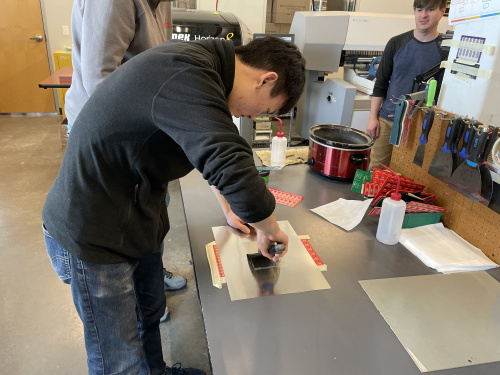
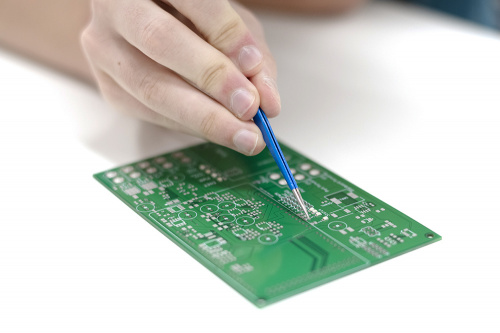
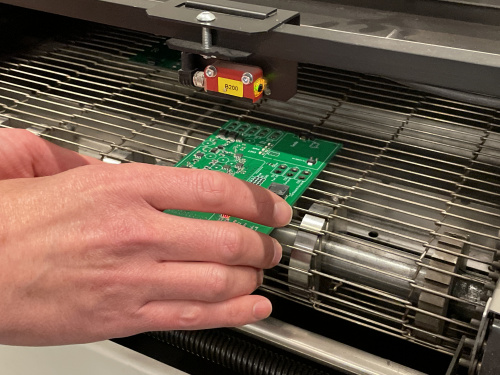

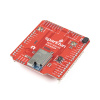






The Innovation Center sounds like a great concept! If it were here in the Gilbert area (a Phoenix, AZ suburb) I'd certainly look into being a "mentor" -- as a retired Engineer, I think I've got a lot of relevant experience.
Hey 773, Nice to hear from you! Indeed, the IC is a pretty darn cool facility. Everyone on their staff, the mentors and students are all wonderful to work with. It has been an honor to work with them on this project. I'm astonished by this team's dedication and how far they have come with their engineering skills. This was one heck of a huge PCB to layout and assemble by hand!
PS not sure if you saw saw these other posts over the past few years, but here are a couple more blogs we've done about the IC:
Project Canary: Atmospheric Research Takes Flight
Aerofest 2019